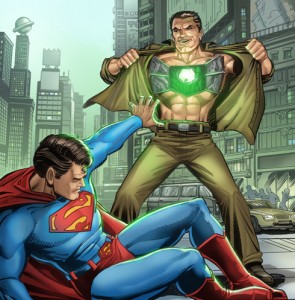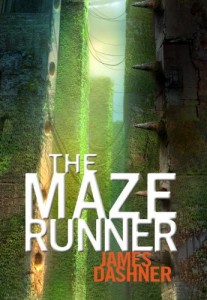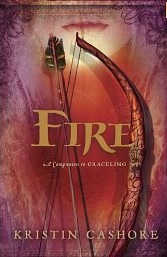Every writer has her weaknesses. I recently read a post on Writer Unboxed, What I’ve Learned About Writing a Novel, where author Sarah Pekkanen discusses her struggles with writing a novel that was more than just a character novel. To achieve this, she had to learn about plot and how to make a story really flow. By overcoming her weakness, she has become a successful author. But to get to the point where you can write books that people want to read, you have to accept that no writer is perfect. Everyone has a weakness. But if you can figure out what your writing weakness is, you just might succeed in selling your novel.
It’s all in the Details
I figured out what my weakness was at a young age. I stink at description. And it’s no wonder since I usually skim through the descriptions in books, racing ahead to get to the good stuff, the plot. But, sadly, description is pretty important in books. You need it to set the scene. While I don’t like overly descriptive books, I also don’t enjoy books that are poorly described. And, truth-be-told, I probably read a lot more description than I mean to read.
In high school I came up with what I thought was a brilliant solution to this problem. I would just write plays. Then I could use barebones description and focus on fast-paced plot and dialogue and character building. There were two problems with this approach. 1 – this was the lazy way out. 2 – I’m not overly fond of actors. In fact, I only lasted about a year as a theater major.
Once I came back around to novel-writing, I realized that I wasted a lot of time taking the easy route. I could have been honing my description writing skills. Instead, I spent hours learning how to properly format a script. Useful if I decide to write a book with a playwright as the main character, but not so useful if I want that book to have any shred of description.
Practice, practice, practice – Exercising your creativity
How do you overcome your weaknesses? In writing, sadly, the only real way to do this is through practice. You have to exercise your creative mind. In the past I often skipped exercises in writing books that focused on description. Now I am forcing myself to work through them. And it is not always pretty. I am also forcing myself to read every word in the books I consume, description and all. I’ve learned to plot by being a voracious reader and seeing first hand what does and does not work. By focusing on description in published books, I am also starting to pick up on things that work and do not work.
I’m pretty sure I will always have to work on my description writing skills. Maybe it will become second nature to me one day. I hope it does, but I’m not going to count on it. Instead, I’m going to keep on exercising my creativity with the hopes that I can at least manage to fool readers into believing that I’m an expert writer with zero flaws 
What’s your kryptonite? How do you confront your weaknesses?






